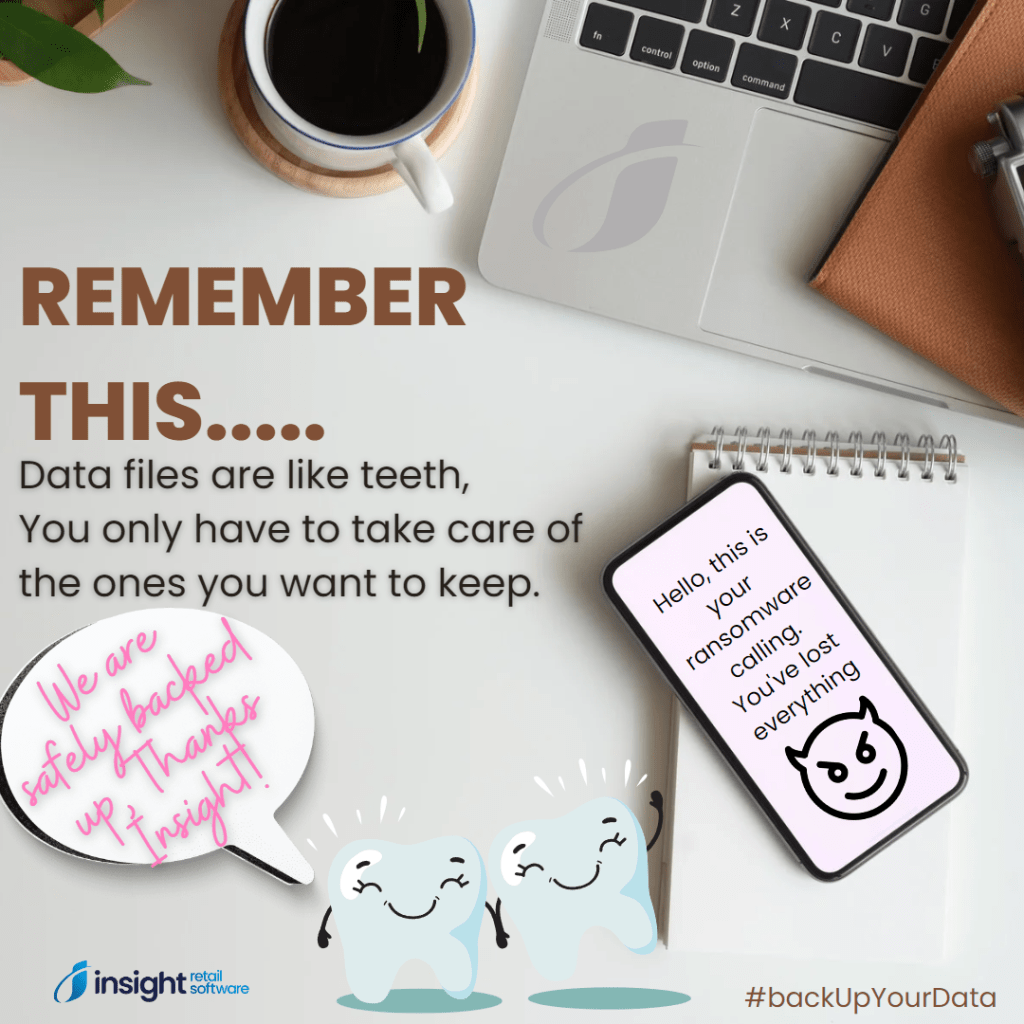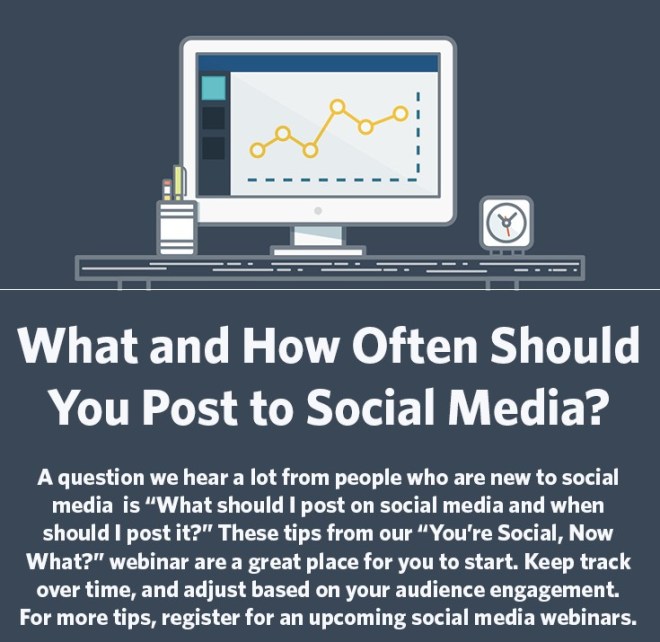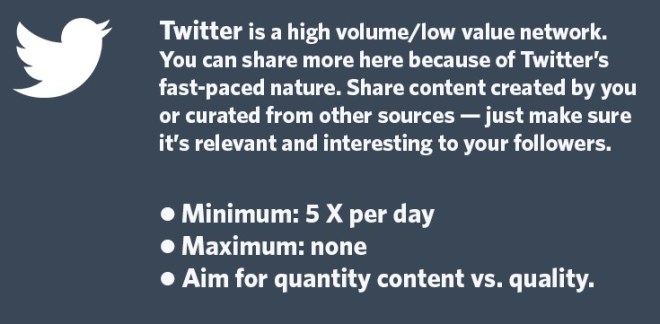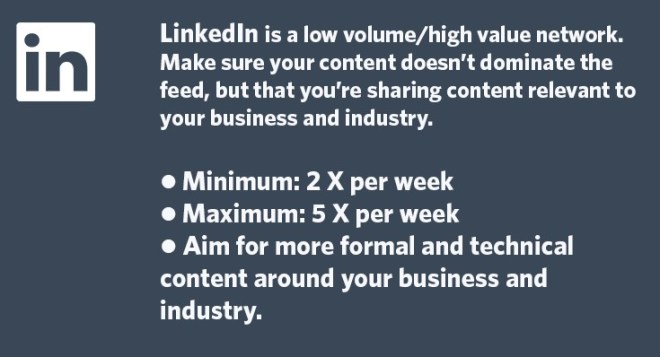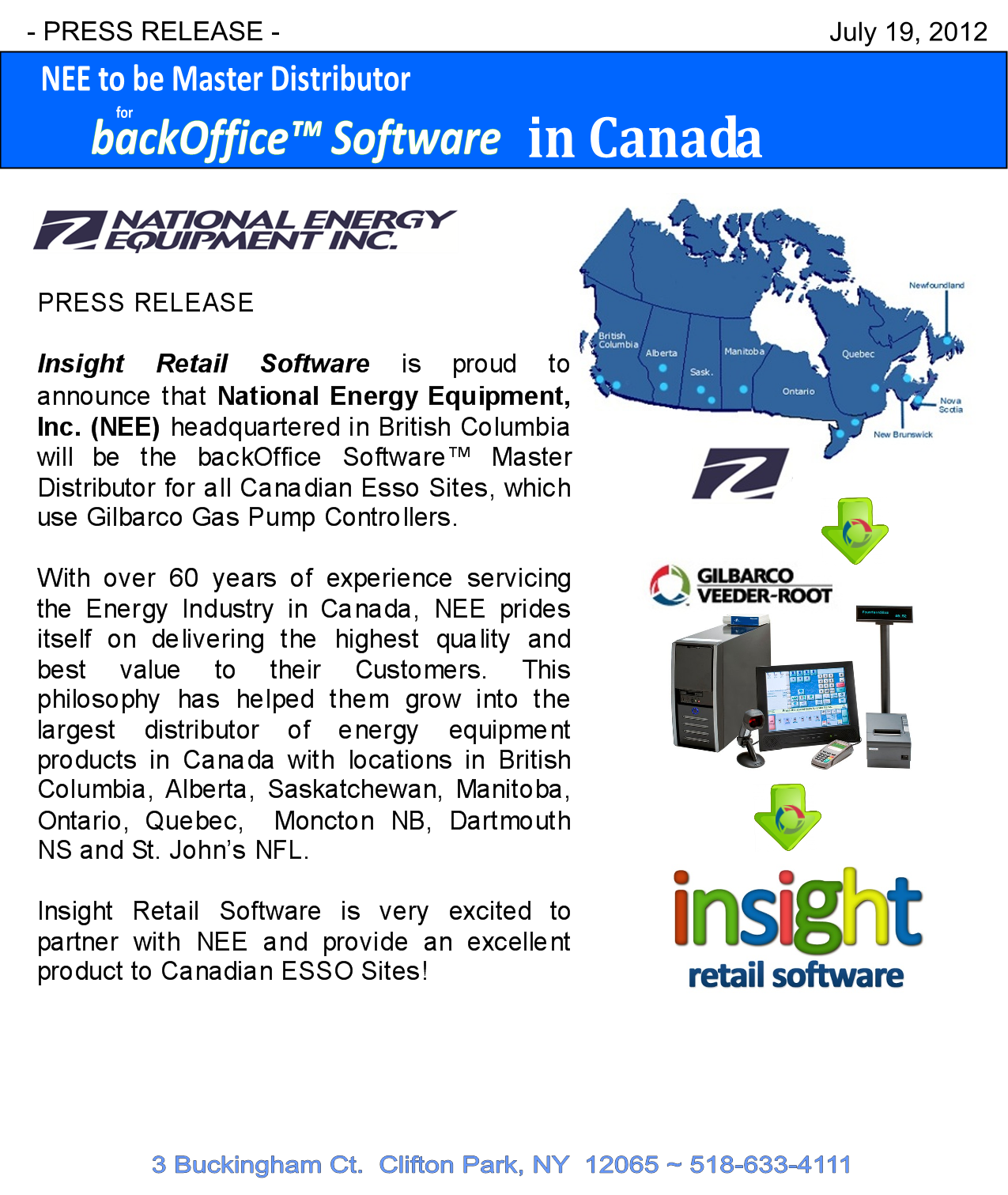
12/28/22 – Good Riddance Day
December 28, 2022Convenience Stores Offer More Convenience
February 23, 2016Convenience Stores Sell Time
Convenience stores offer speed of service to time-starved consumers who want to get in and out of the store quickly. These shoppers recognize this channel of trade for its convenient locations, extended hours of operation, one-stop shopping, grab-and-go foodservice, variety of merchandise and fast transactions.
The average convenience store is 2,744 square feet. New stores are bigger, with 3,590 square feet, with about 2,582 square feet of sales area and about 1,008 square feet of non-sales area — a nod to retailers recognizing the importance of creating destinations within the store that require additional space — whether coffee islands, foodservice areas with seating or financial services kiosks. Convenience stores also have expanded their offerings over the last few years, with stores become part supermarket, restaurant, gas station and even a bank or drugstore. (NACS State of the Industry data)
The convenience store industry is America’s primary source for fuel. Overall, 83.5% of convenience stores (127,588 total) sell motor fuels, a .7% increase (960 stores) over 2013. The growth of convenience stores selling motor fuels is nearly double the overall growth in the industry, as fuels retailers added convenience operations and convenience retailers added fueling operations.
Convenience stores have an unmatched speed of transaction: The average time it takes a customer to walk in, purchase an item and depart is between 3 to 4 minutes. Here’s the breakdown: 35 seconds to walk from the car to the store, 71 seconds to select item(s), 42 seconds to wait in line to pay, 21 seconds to pay and 44 seconds to leave store. (NACS Speed Metrics Research, 2002)
The convenience store industry is a destination for food and refreshments. With falling revenues from fuels and tobacco products, foodservice sales are increasingly becoming convenience stores’ most profitable category. In fact, convenience store foodservice is roughly a $41 billion industry contributing 19.4% to in-store sales in 2014 (NACS State of the Industry Report of 2014 Data).
Convenience stores are everywhere. There are 152,794 convenience stores in the United States — one per every 2,095 people. Other competing channels have far fewer stores, such as supermarkets (41,529 stores), drugstores (41,799 stores), and dollar stores (26,572). (Source: Nielsen, as of December 31, 2014)
Consumers are embracing convenience stores like never before. An average store selling fuel has around 1,100 customers per day, or more than 400,000 per year. Cumulatively, the U.S. convenience store industry alone serves nearly 160 million customers per day, and 58 billion customers every year.
Self-serve at the pump is a part of most convenience stores’ fueling operations. The first self-serve gas station was opened by Hoosier Petroleum Co. in 1930, but was closed by the fire marshal as being a fire hazard. Frank Ulrich reintroduced the idea in 1947 at the corner of Jilson and Atlantic in Los Angeles. Modern self-service began in 1964 with the introduction of remote fueling; an attendant was no longer required to reset the pumps after each transaction. Today it is now available in 48 states. (New Jersey and Oregon still require full-service operations; New Jersey’s law was enacted in 1949; Oregon’s in 1951.)
http://www.nacsonline.com/Research/FactSheets/scopeofindustry/pages/convenience.aspx
Happy New Year from Insight Retail Software
January 6, 2016Social Media Tips for Your Small Business
August 8, 2014The Worth Data 7000 Series
January 26, 2013The 7000 Series RF Terminal System is our top of the line wireless RF terminal with a industry leading 3 mile RF range! Our tests show no damage after multiple 5 foot drops to concrete. The Worth Data 7000 Series RF Terminals are the lowest cost, easy-to-use, radio frequency interactive terminals available on the market today.
Standard Features:
- Extended Range Radio – 3.3 Miles, works in coolers
- Built in Li-Ion Battery(s)
- 15 Line Color TFT LCD Display
- Very Small & Lightweight
- Sealed Keypad design to prevent contamination from entering unit
- Special Coated Keys for long life
- 70 Durometer Silicone Rubber Shock Bumper
- Built-In I/O Connector Cover
- Long Life Single Power & Data I/O Connector
- Battery Door and/or Handle are Mechanically Screwed Down
- Rugged Replaceable Antenna
For more information visit our website: http://insightrs.com/worth7000



 Posted by InsightRS
Posted by InsightRS 